2 days of bright sun light and everyone is out mowing their lawns, the garden centers a full of shoppers buying plants, then back into the grey. It has been grey and dreary almost everyday this year! It is not surprising at all that we rush out into the rare spots of sun and then slump around the rest of the time in a mental fog. Is it no wonder that brightly colored flowers appeal to us so much, at this point any garish and screaming color at all is welcome. One of the brightest groups of plants that bloom at this time are the deciduous Azaleas which come in the purest oranges,tangerines, golds and yellows. Rhododendron luteum (Pontic Azalea) says it all in its name – I have brilliant yellow flowers and I am here to seduce you out of your fog with my fragrance.
Here most people associate Rhododendrons with the evergreen types and do not realize that the Azaleas are actually Rhododendrons as well. The ‘so-called’ Azaleas often are seen to be a poor plants you see in mass plantings used to landscape large shopping centers, townhouse complexes and other institutions and are often poorly maintained. Rhododendron luteum represents the deciduous Azaleas most often found in parks and often have the reputation of ‘smelling skunky’. Pontic Azalea does not have the ‘skunkiness’, people often wonder were the wonderful scent is coming from and find out it’s from that yellow Azalea!
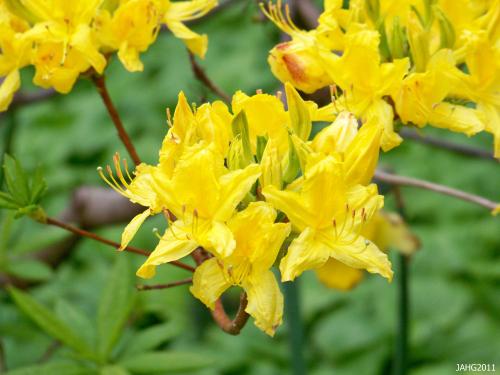
The elusive fragrance of the Rhododendron lutuem flowers entrance the bees and our noses, but be wary as the pollen and honey is poisonous.
Pontic Azalea is a fairly wide-spread plant and is found in Poland, Austria through the Balkans, Southern Russia running into the Caucasus into the southern tip of the Black Sea, an area once called Pontus. The first reference to Rhododendron luteum comes from Pliny and Doiscorides ( circa 40-90 AD) who refered to the works of Xenophon(430-354 BC). Xenophon participated and chronicled the conflict between Cyrus the younger(and gardener) and his older brother who would become Artaxerxes II. They went to war and Cyrus died and his army retreated to the Pontus Hills near the Black Sea. The plan was to collect supplies there and escape by sea back to Greece. While the troops where there the ate the locally collected honey which came from the Azaleas which grew there. The army became ill and seemed drugged. This mystery of what happened was blamed by Dioscorides on the Pontic Azlaeas and the honey which was consumed there.

As Rhododendron luteum is often grown from seed there is some variation in the flowers such as the vibrancy of coloring and width of the petals.
Many centuries later French botanist Joseph Pitton de Tournefort(1656-1708) travelled to examine the geography of the area as he was studying Dioscorides. There he wrote a description of and did a drawing the Pontic Azalea which he named Chamaebodobendron Pontica Maxima flore lutea, this was just the first of the names this plant has been given.

The bright yellow color of the Pontic Azalea is pleasing and blends well in many plant combinations.
Rhododendron luteum went through several name changes until in the 1830s it was decided to give it the name it is known by now. Most recently the claim to fame by the Pontic Azalea is that it is an important contributor to hybridization of Azaleas in creating a wide range of pleasing colors for the softest pastels into most vibrant colors. Pontic Azaleas are particularly associated with the Ghent group of hybrids which were developed in Belgium over 150 years ago. More than 100 were named and at least 25 are still available to buy now. The other use for Pontic Azaleas is for a understock to graft weaker growing forms onto.
Rhododendron luteum is an easy and adaptable plant to grow. It likes dappled light and rich, slightly acidic moisture retentive soil which does not dry out completely in droughts. This helps promote a larger number of blooms the following year. Good air circulation is important to help ward off any chance of mildews or fungus which can develop later in the season. Established plants do not need fertilizer but appreciate a light mulch of pine needles or other acidic material applied every year. Do major pruning as soon as the plant has finished blooming to avoid cutting of next years blossoms.
Rhododendron luteum grows 3-4 m(9-12 ft.) tall and is narrower in width. It is not densely branches and is light and airy in the garden. In autumn it give another show of red and yellow foliage colors. It can be used as a specimen or accent and as a mass planting. It is a good plant for a woodland or wilder setting or can be used in more formal locations. It is said to take -15 c. (5 f.) which makes it one of the more hardy deciduous Azaleas available.
Some Azalea Madness for you:
A good technical description of the plant: http://www.rosebay.org/chapterweb/speclut.htm
Toxicity of Rhododendrons: http://rhodyman.net/rarhodytox.html
A Pdf file from Arnold Arboretum on Ghent Azaleas http://arnoldia.arboretum.harvard.edu/pdf/articles/1355.pdf
Xenophon, Greek historian, soldier and mercenary: http://en.wikipedia.org/wiki/Xenophon
How this Rhododendron almost stopped an army http://www.atlanticrhodo.org/kiosk/features/misc/luteum.html
…..Will you follow my trails through the plant world?……




















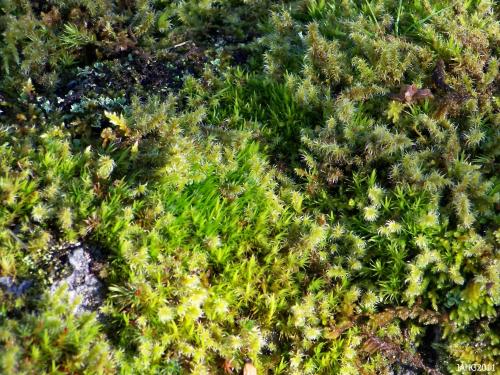
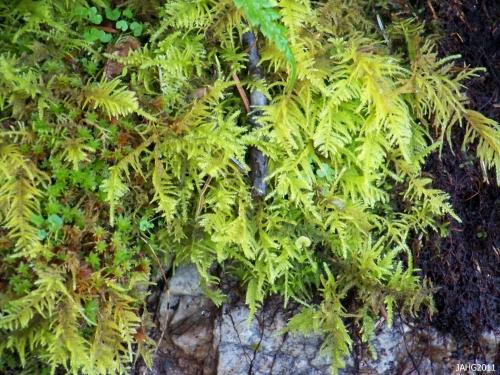
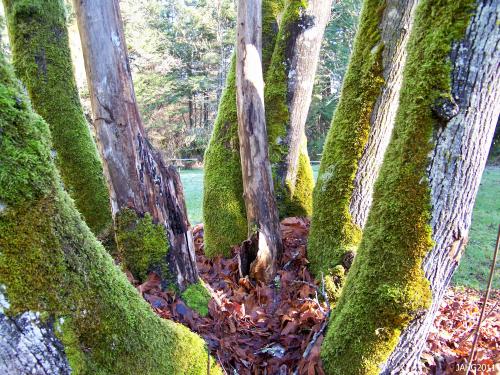
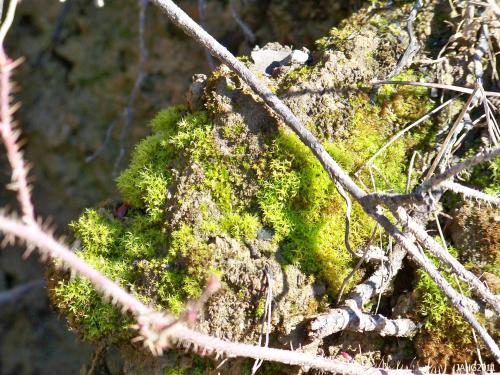
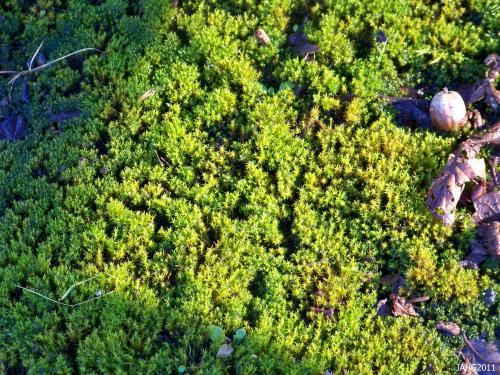
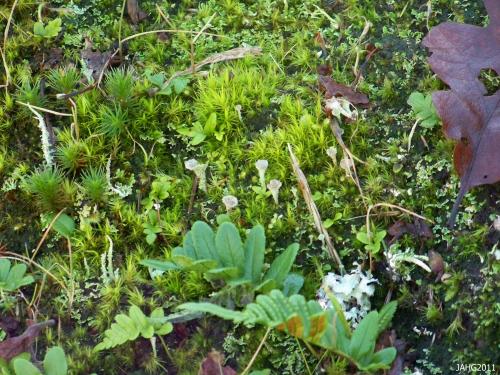
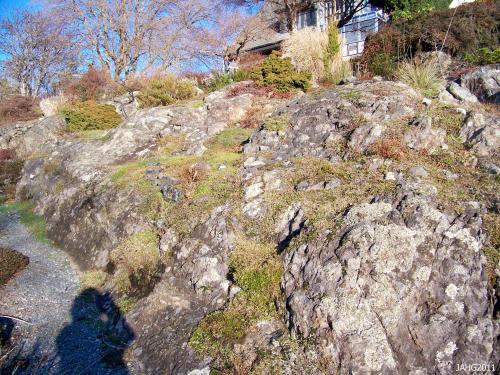
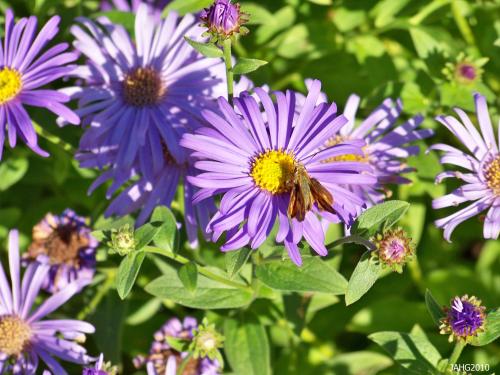
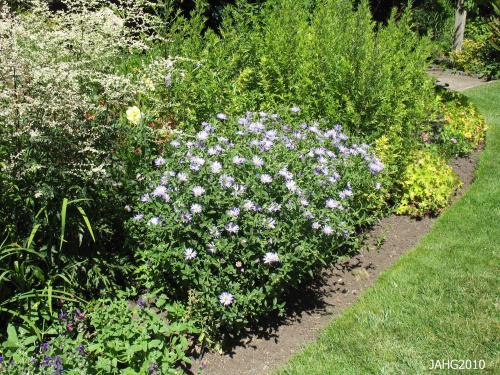
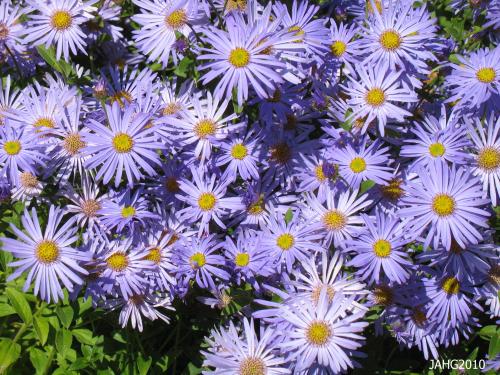
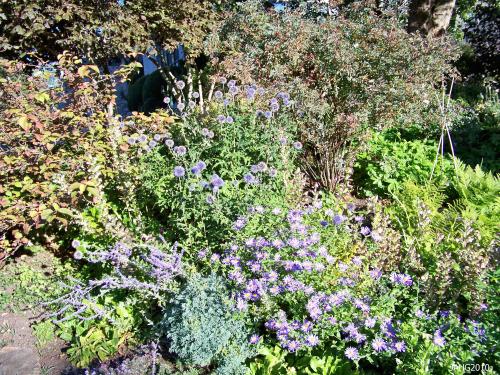
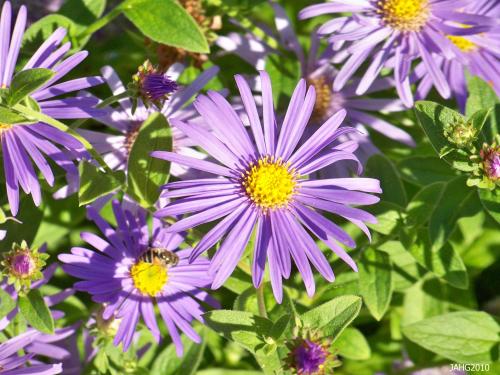
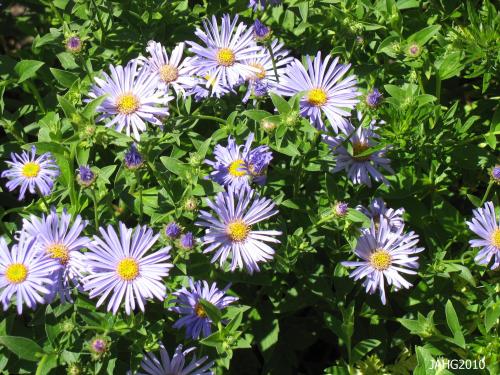

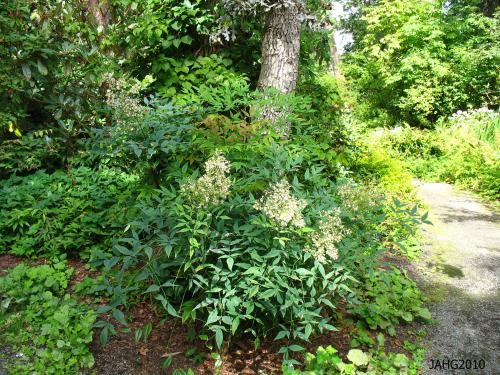
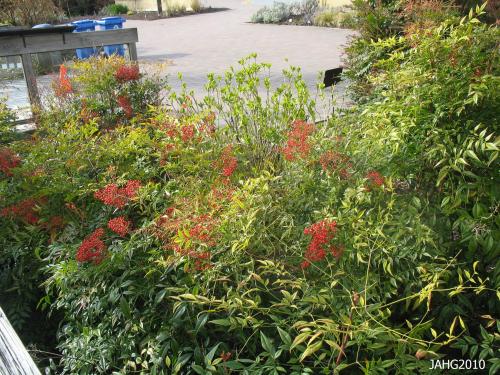
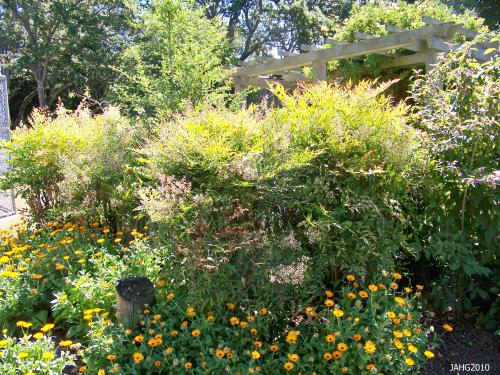
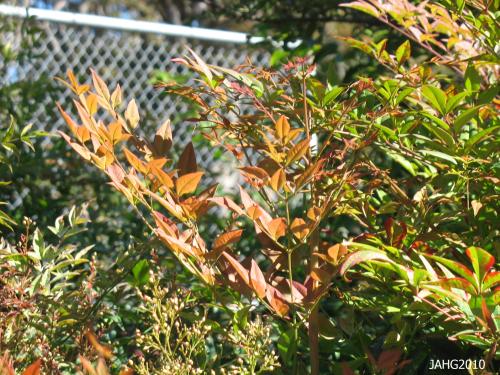
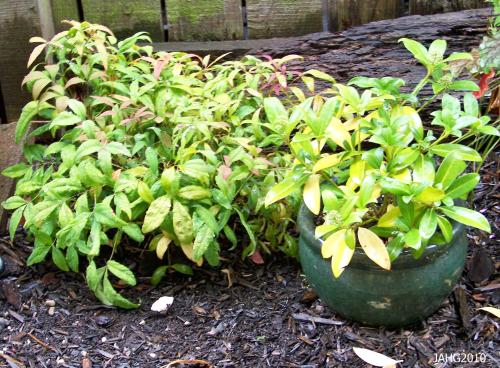
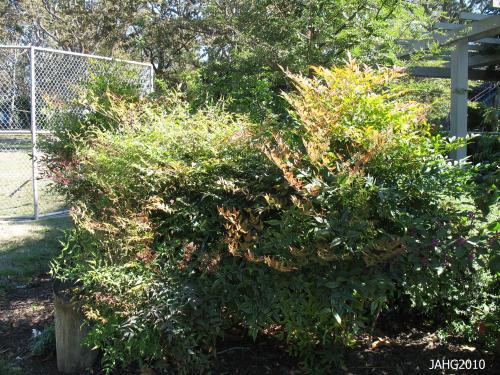





















 Stumble It!
Stumble It!






